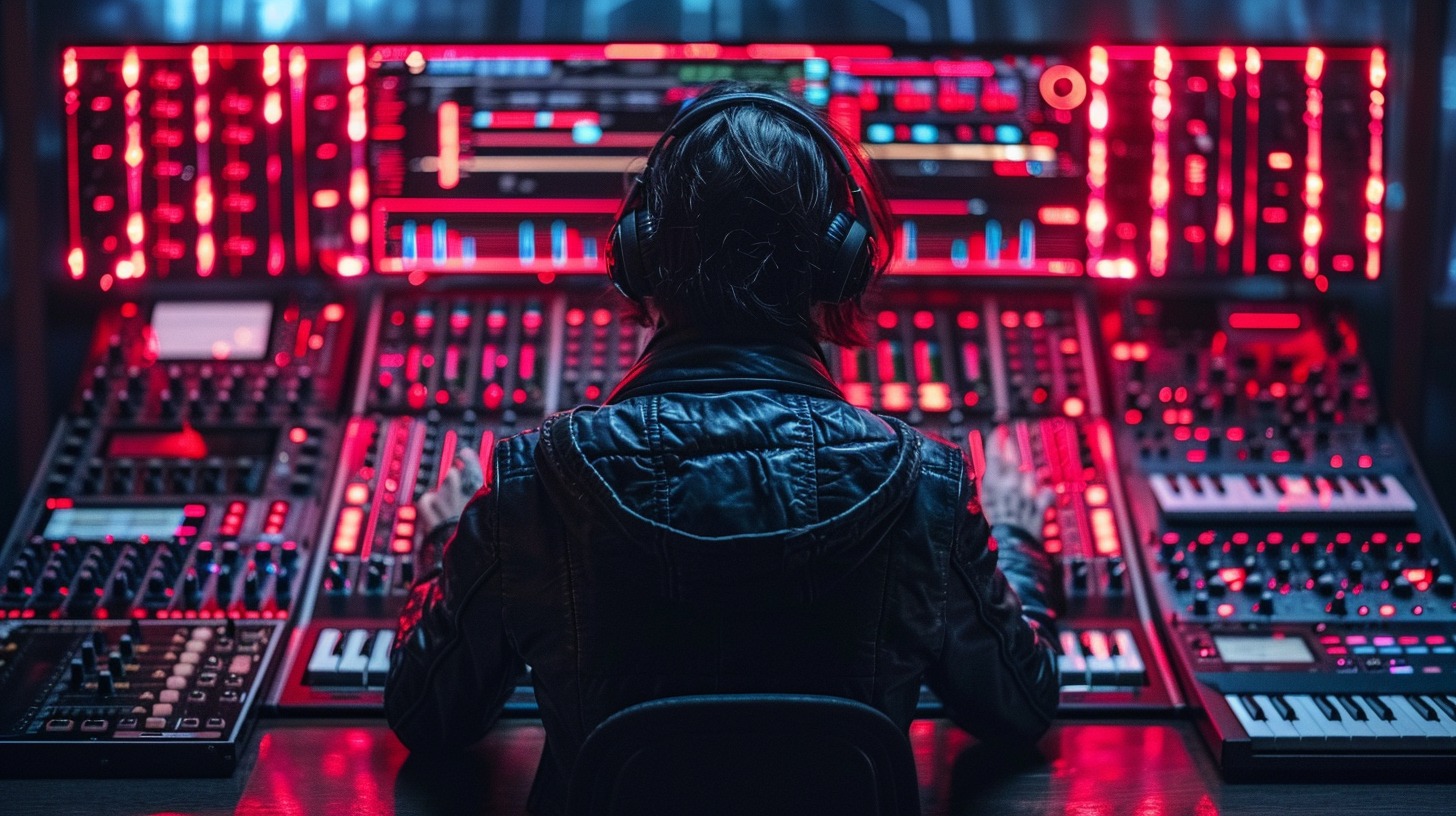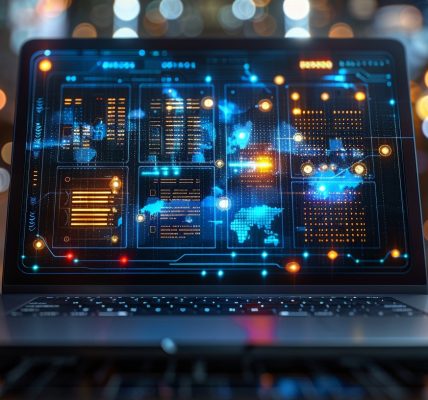Everywhere you turn, new companies are emerging in generative AI for music, making it seem like the latest trend. However, generative AI for music has been introduced previously. It has existed in various forms for decades. It’s only in the past decade that advancements in machine learning and computational power have aligned with visionary aspirations, enabling the seamless creation of music using computer technology. Here’s an overview of this development:
Early Experiments (1950s-1970s)
The exploration of generative music commenced with the rise of computers. One of the pioneering examples is the Illiac Suite for string quartet (1957), crafted by Lejaren Hiller and Leonard Isaacson. This groundbreaking piece was the first to employ algorithmic composition techniques using a computer.
Algorithmic Composition and MIDI (1980s-1990s)
During the 1980s and 1990s, the advent of personal computers and MIDI (Musical Instrument Digital Interface) technology revolutionized algorithmic composition, enabling unprecedented experimentation and development. Software like Csound, an audio processing and synthesis language, became a favorite among composers for crafting intricate sounds and musical structures.
Machine Learning and AI Integration (2000s)
In the earlier 2000s, the rise of machine learning sparked interest among researchers in applying these techniques to music generation. Notably, David Cope’s “Experiments in Musical Intelligence” (EMI) garnered attention by using rule-based AI systems to create music in the styles of classical composers like Bach and Mozart.
Profound Learning Revolution (2010s-present)
The advent of deep learning has profoundly revolutionized the capabilities of AI in the music industry. Leveraging neural networks that can learn from extensive music datasets, AI now creates more intricate and convincing musical compositions. Prominent advancements include Google’s Magenta project, which utilizes TensorFlow to develop tools and models for music generation, and OpenAI’s Jukebox, a model that produces music, including essential singing, in various styles and mimicking different artists.

Commercialization and Accessibility (2010s-present)
In recent years, AI music technology has become commercialized, with startups and companies creating tools to help musicians with composition, accompaniment, and performance. AI-driven music creation platforms have been made accessible to non-experts.
In fall 2023, after Google introduced MusicLM—a tool that creates songs from simple prompts—Paul McCartney used AI to extract John Lennon’s voice for a new Beatles track. Around the same time, Meta launched MusicGen, an open-source model that turns basic text prompts into high-quality music samples.
Present day
Contrary to being ‘nascent,’ the generative AI music space is crowded. Let’s look at a few active companies in this field. Consider technological factors when evaluating platforms like Boomy AI, Suno, and Udio. Here’s a more detailed comparison:
Technology and Features
- Boomy AIharnesses artificial intelligence to enable users to create songs swiftly with minimal effort. Its technology facilitates instant music creation, utilizing algorithms that manage everything from composition to production. Users can produce complete songs by simply selecting a genre or mood.
- Sunoemploys AI to aid in the composition process, assisting users in crafting melodies, chord progressions, and even full arrangements. Its technology aims to enhance the creative process, offering tools that help users effectively apply music theory, thereby bridging the gap between creativity and technical expertise.
- Udiooffers comprehensive tools for mixing and mastering, making it an excellent choice for finalizing tracks. Its AI analyzes audio tracks to optimize sound quality and balance levels, and it applies mastering effects to elevate the overall production quality.
Summary
As instruments, recordings, and synthesizers developed and evolved, they significantly influenced and expanded the number of music creators and consumers. Now, with generative AI music tools, the lines between artists, producers, and consumers are increasingly blurred. Consumers without any musical knowledge, training, or experience can effortlessly create original songs, effectively joining the creator economy alongside being fans.





